We do all
graphic designs
Our goal is to provide you with the highest quality products in record time and at a reasonable price.
We have our own machinery and many years of experience in printing.
Types of available papers and materials and their grammage:
The grammage of paper (or plastic) is a measure of weight expressed in grams per square meter (g/m²). It determines how thick or thin the material is and affects its durability and printing properties. A higher grammage means thicker paper, while a lower grammage means thinner paper. Weight is an important parameter in production and in selecting the right material for various applications.
Thanks to this schedule and short descriptions, you will find out what weight and type of paper will be suitable for your project:
90g/m² paper: This is a relatively light paper, often used for printing office documents, notes, leaflets and ordinary photocopies.
130g/m² paper: It is heavier than office paper and is often used for printing colorful leaflets, posters, invitations and greeting cards.
150g/m² paper: This is a relatively medium-thick paper, mainly used for printing leaflets, posters, folders, calendars and advertising materials that require greater durability than standard printing paper.
250g/m² paper: It is the choice for printing materials of a higher quality standard, such as wedding invitations, greeting cards, photo albums and graphic designs, leaflets where reliability and durability are needed.
300g/m² paper: This is a thicker and stiffer paper, often used to create book covers, advertising folders, postcards and other marketing materials that want to stand out for their quality and durability.
350g/m² paper: Very thick and stiff, ideal for the production of business cards, business cards, restaurant menus, photo album covers and wherever the highest quality and durability of printing is needed.
Types of available papers and materials: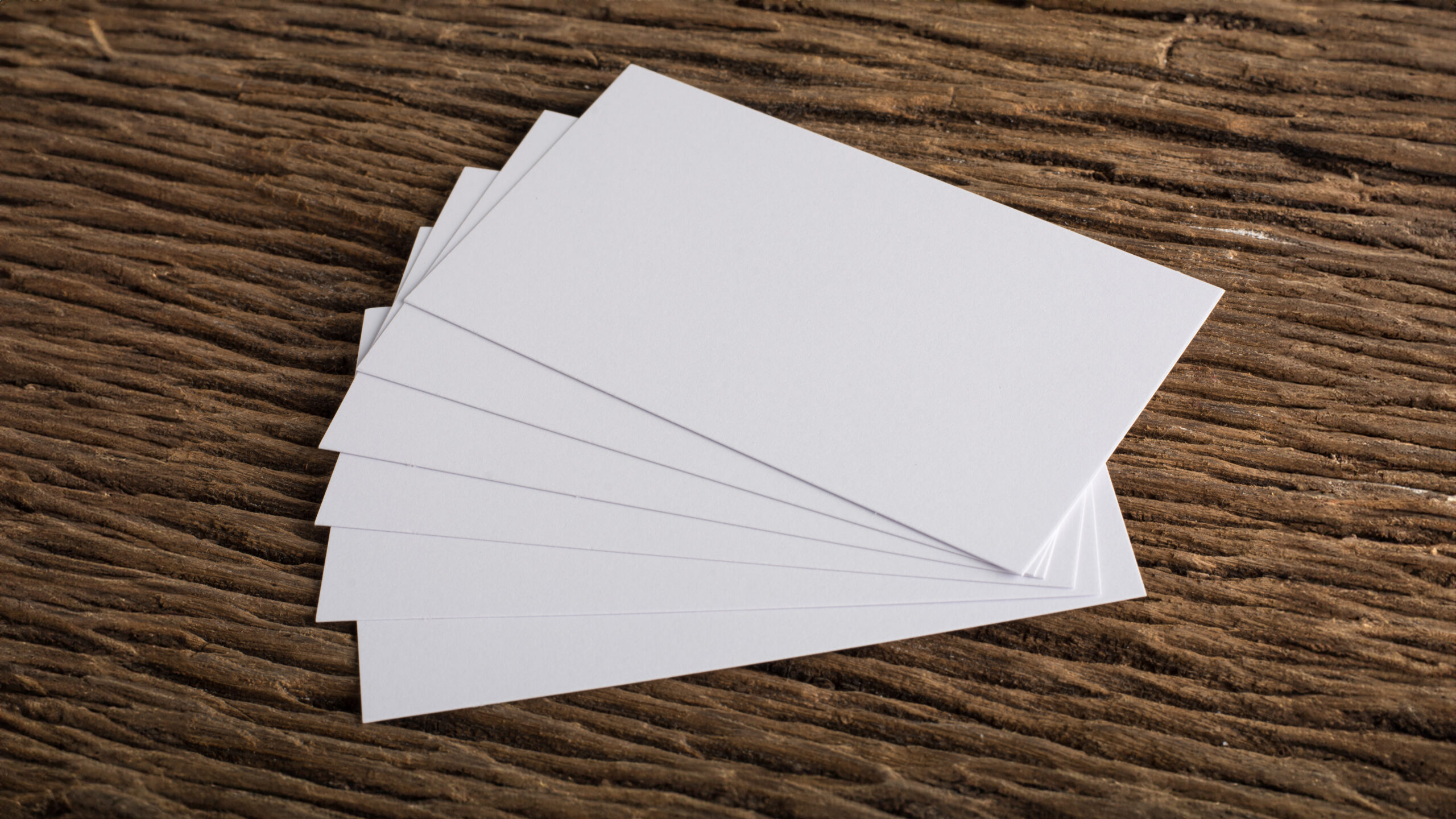
Matt chalk paper: Matt chalk paper is a smooth, white paper with an exceptionally soft surface. It is often used to print colorful brochures, catalogs and folders, where its matte surface helps to obtain high-quality printing.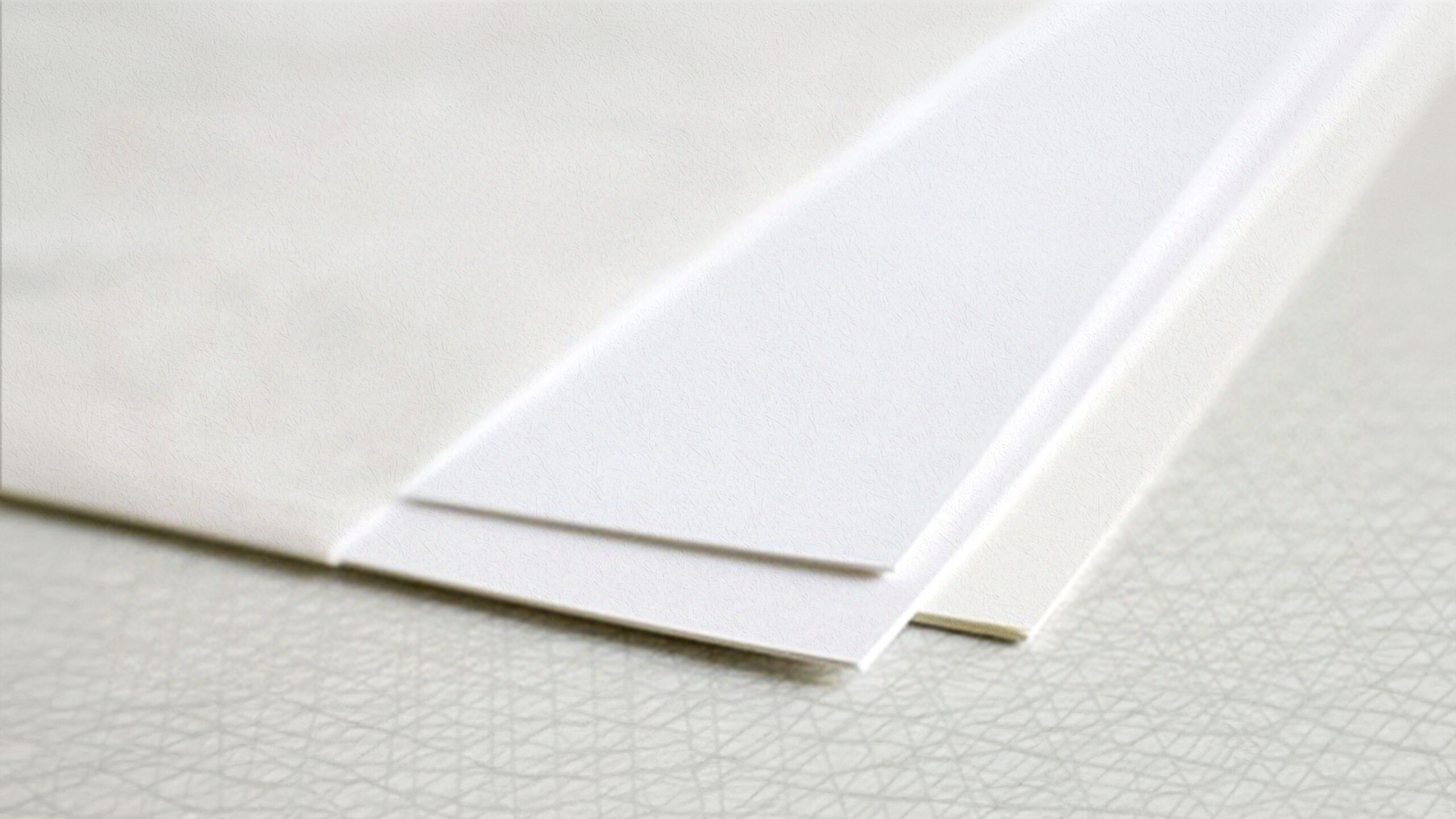
Munken: Munken is a family of papers that offers a variety of weights and finishes. It is known for its excellent quality and durability, often used for printing books, folders, and artistic projects. It is an unpolished paper, i.e. the surface has a delicate structure. It is not recommended for large, dark papers with a lot of coloring exceeding 100%, especially if the project is prepared in such a way that the dark color appears on the "bleeds" - uncoated papers, due to their structure, "crumble" in the place of cutting - the toner crumbles along with the paper. and paint defects appear on the edges of the product.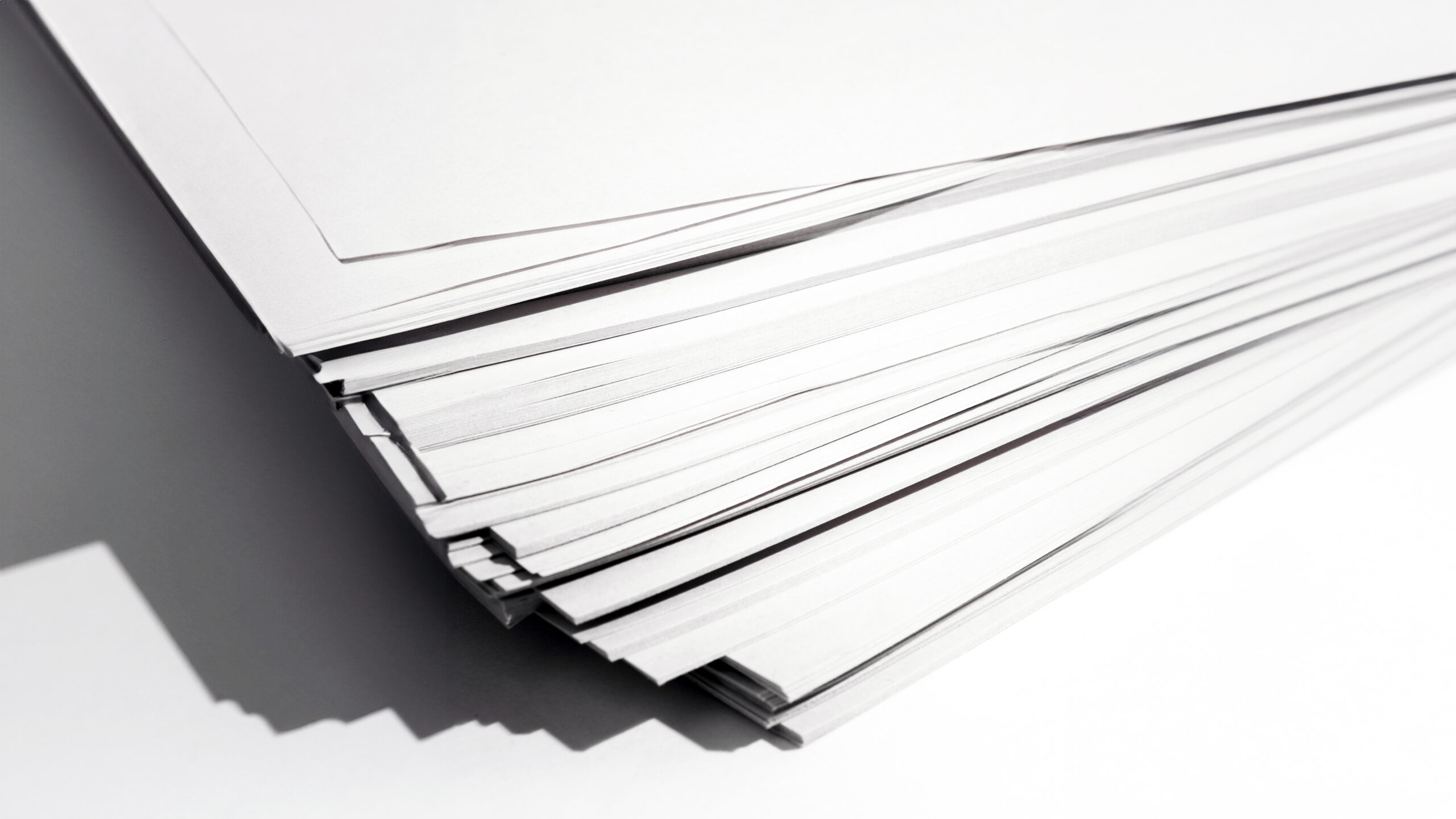
Offset: Offset paper is a versatile and frequently used type of paper. It has a smooth surface and is available in various weights. It is ideal for printing office documents, books, catalogs and other everyday materials.
Olin: Olin is a family of high-quality papers known for their elegant appearance. It is often used to print invitations, greeting cards and projects that require a unique finish.
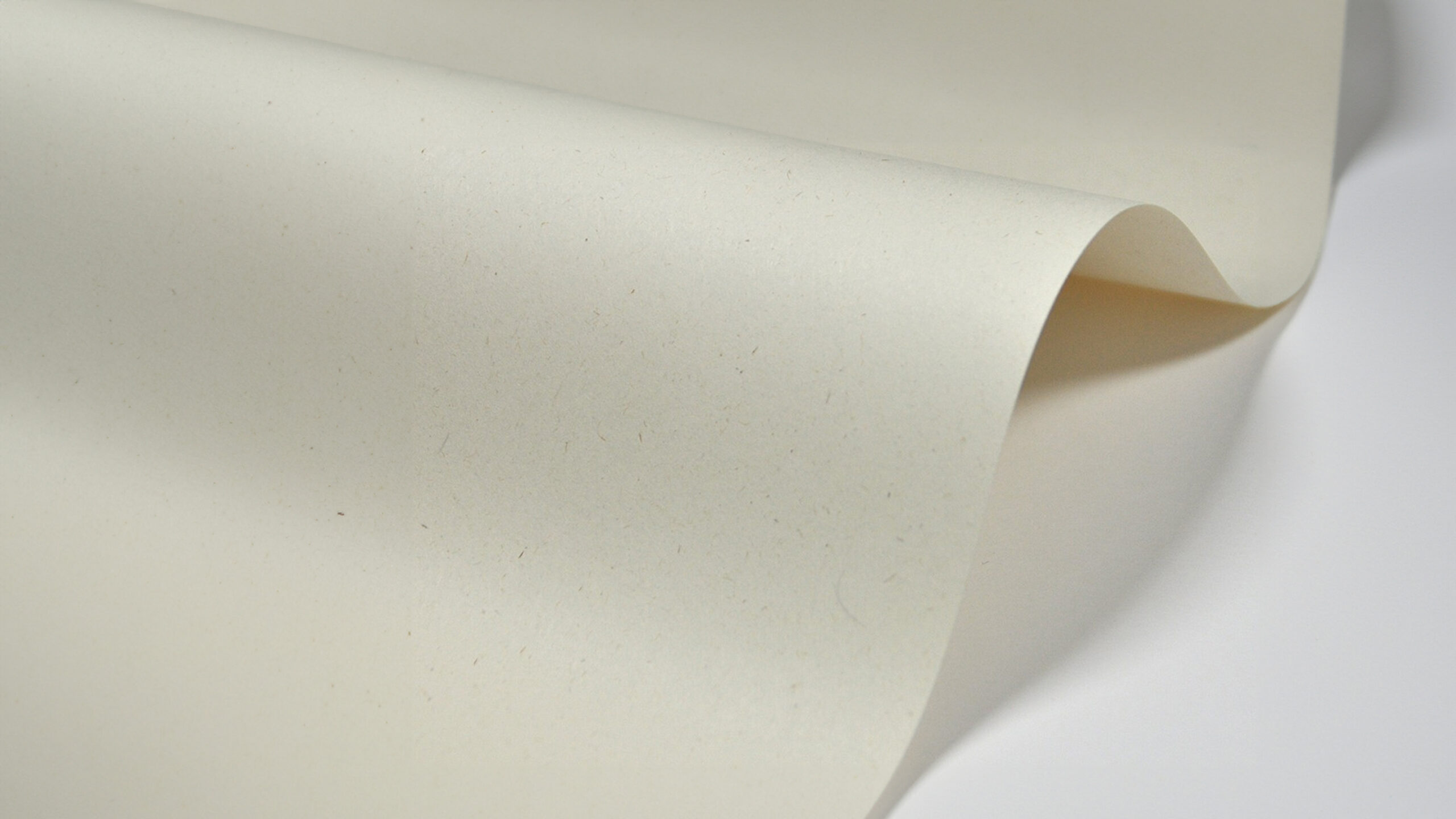
Woodstock Betula: Woodstock Betula is paper with natural wood fibers, which gives it a unique look and texture. It is often used to create materials with a natural character, such as labels, packaging and eco-related designs.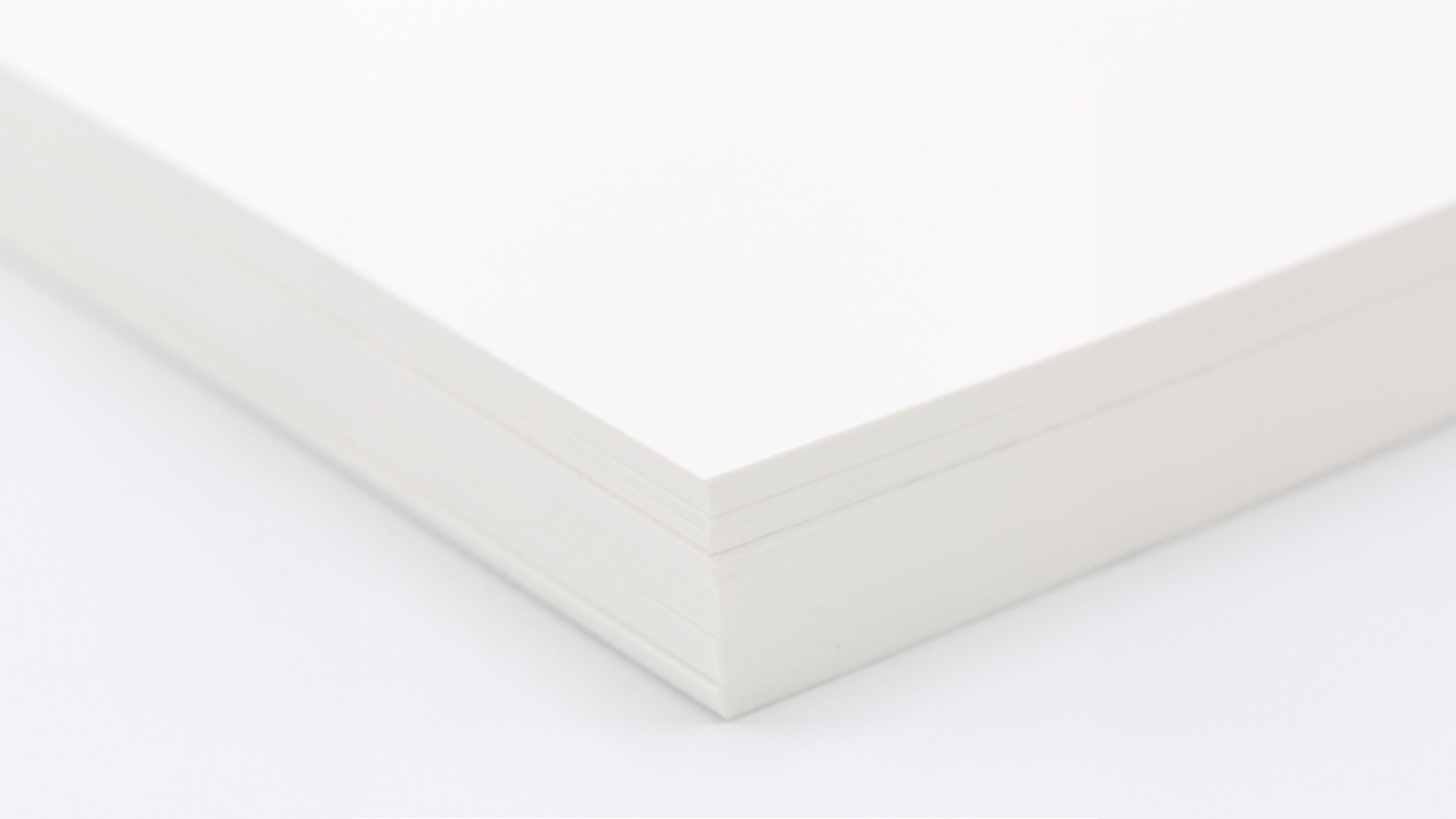
Synaps material: Synaps material is a synthetic printed material that is durable and resistant to weather conditions. It is ideal for creating posters, banners, stickers and other materials that require exceptional durability and water resistance.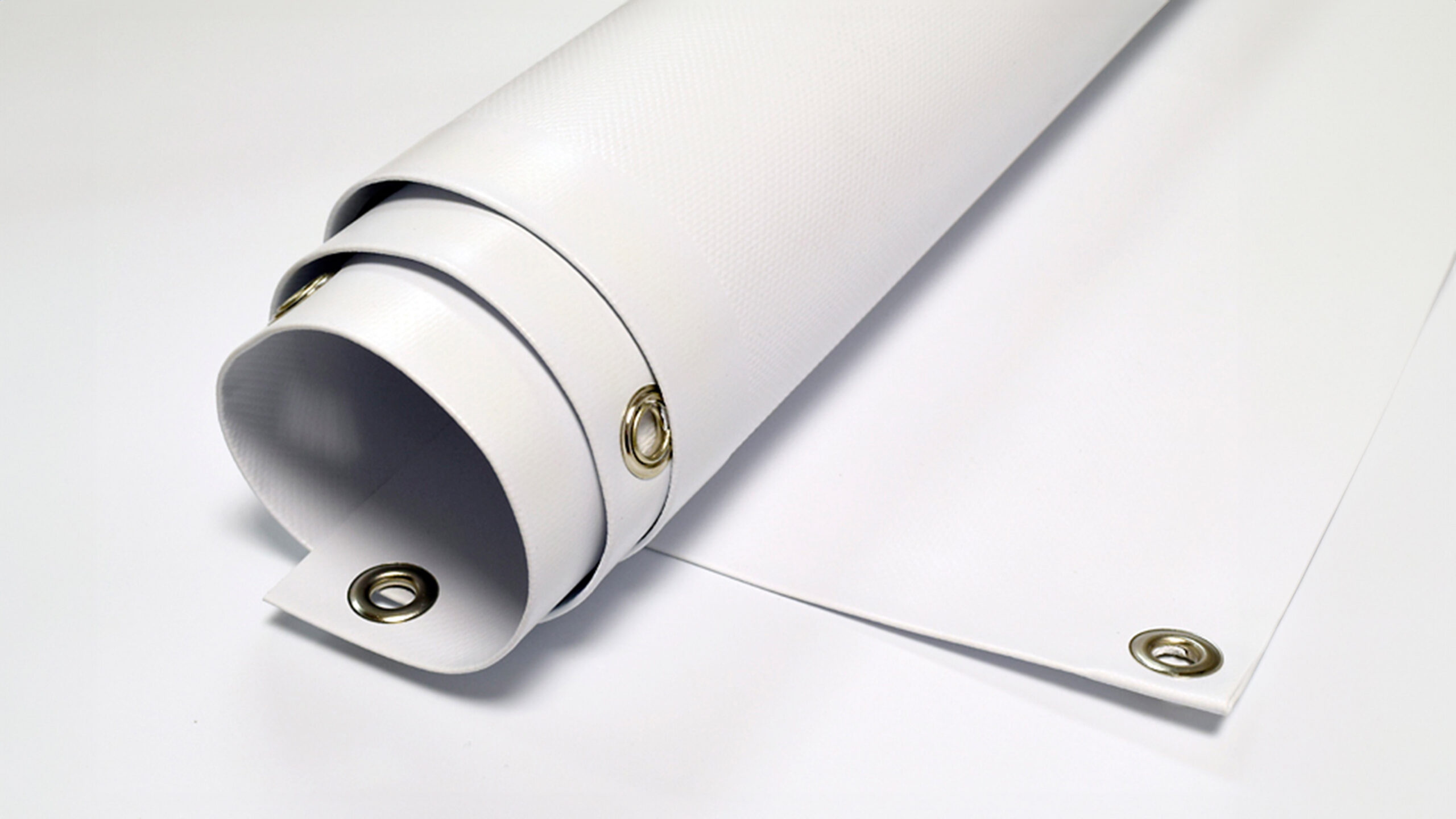
Frontlight: Frontlight is a type of banner material designed to be printed on front-lit advertisements. It is specially created to retain intense colors and contrasts when backlit. It is used on billboards, illuminated advertisements and in places where advertising is displayed at night. Frontlight has a wide range of applications in creating colorful and attractive advertising banners.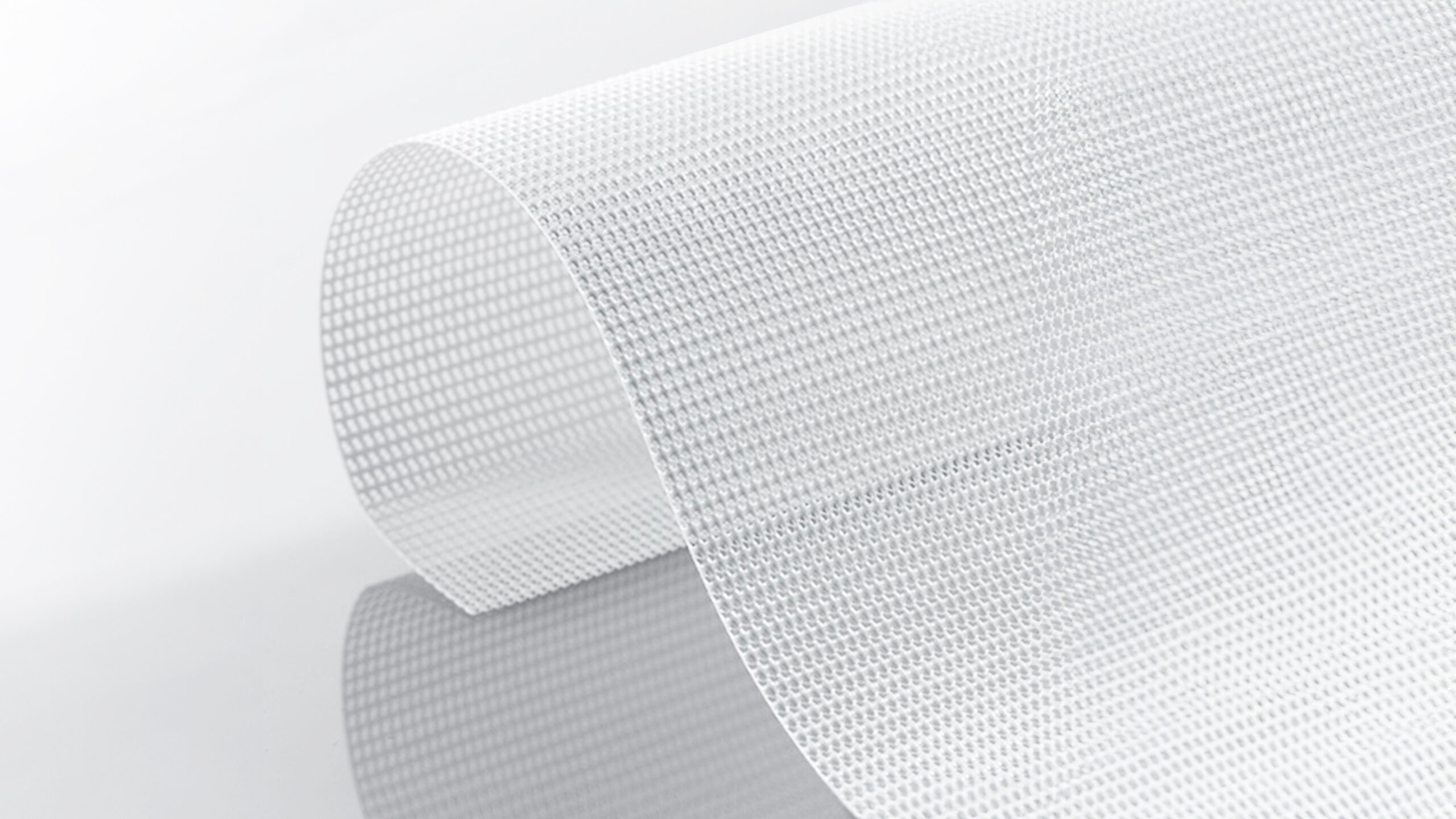
Mesh: Mesh material, also known as mesh, is a special type of banner made of perforated fabric or foil. Thanks to the holes in the material, it is permeable to air and light, which makes it ideal for use on large outdoor surfaces, such as advertising fences, buildings or scaffolding. The mesh reduces wind resistance, which is beneficial in places with strong winds, and at the same time allows for printing colorful graphics, including advertising banners.
Foiling prints is a process in which a thin layer of foil is applied to the print surface to improve the appearance, durability and other properties of the document or design.
The main purposes of foiling are:
Enhancing aesthetics: Foiling adds an element of luxury and elegance to prints. Thanks to various types of foil, such as matt, gloss or soft foil, you can adapt the aesthetic effect to a specific project, giving it an attractive look.
Protection against damage: The foil creates a protective layer that protects the print against scratches, tears, moisture and other mechanical damage. This is especially useful for documents, business cards and packaging.
Highlighting graphic elements: Foiling can be used to highlight specific design elements, such as logos, text or illustrations. Thanks to this, you can pay attention to important details.
Increasing durability: The foil improves the durability of prints, which is important for materials that are exposed to intensive use, such as advertising leaflets or identification cards.
Improved legibility: Foiling can help increase the readability of text by reducing glare, which is especially important in reflective conditions.
Decorative uses: Foiling can also be used for decorative purposes to give designs an original and intriguing look.
Foiling is widely used in printing, advertising, packaging, graphic design and other areas where aesthetics, durability and distinction are key.
Types of available papers and materials and their grammage:
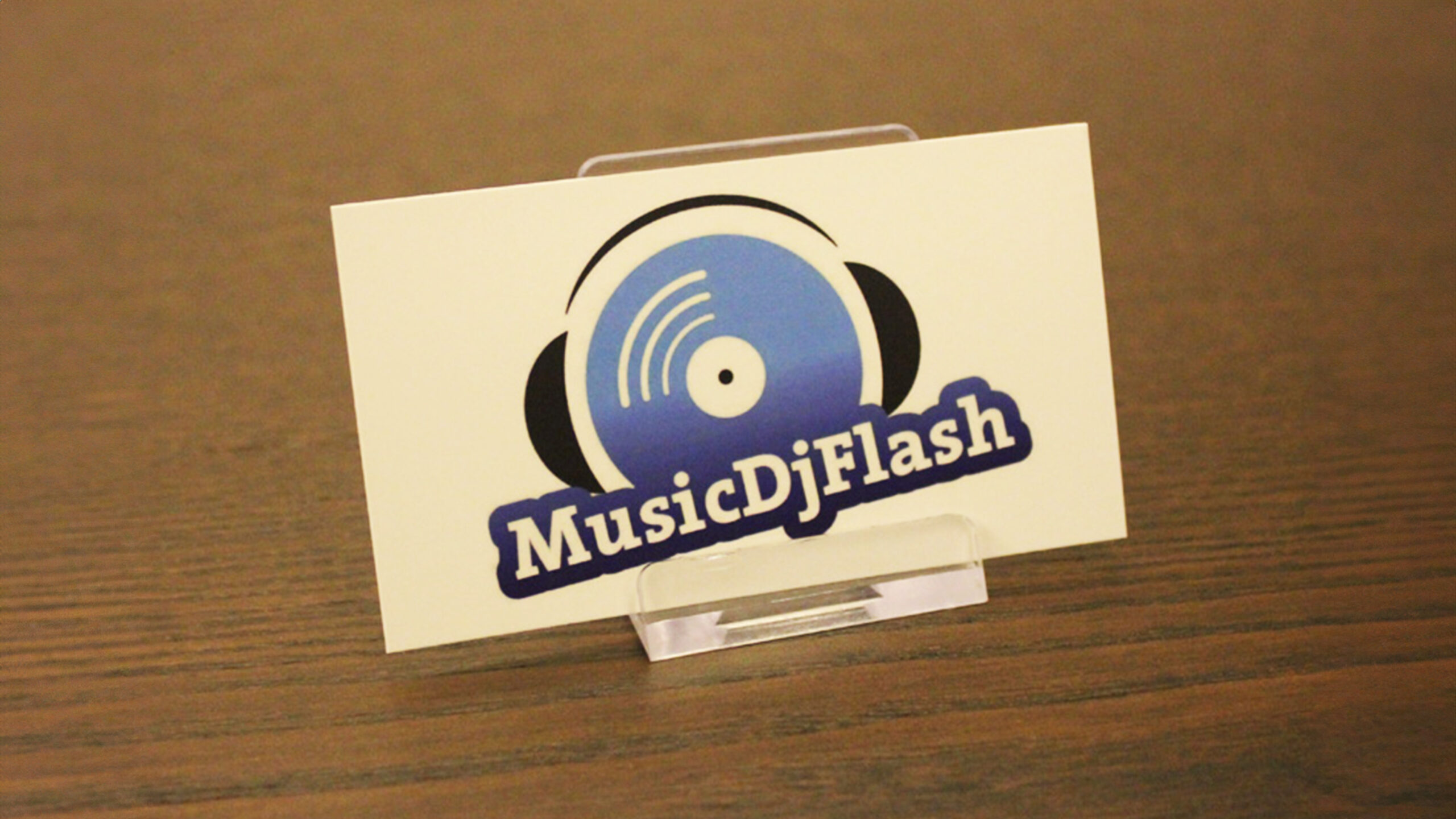
Matt foil is a finish that gives prints an elegant and subdued look. It is characterized by a matte, velvety finish that reduces light reflection. This is the perfect choice if you want your prints to be easy to read and non-reflective. Mat foil is perfect for various types of projects, especially where text readability and subtle aesthetics are important.
Gloss foil is a finish that gives prints an eye-catching shine and depth. This foil is perfect for projects where you want to attract attention and highlight graphic elements. Prints with gloss foil are distinguished by light reflection and intense colors. It is often used in advertising designs, business cards, invitations and anywhere you want your design to be eye-catching.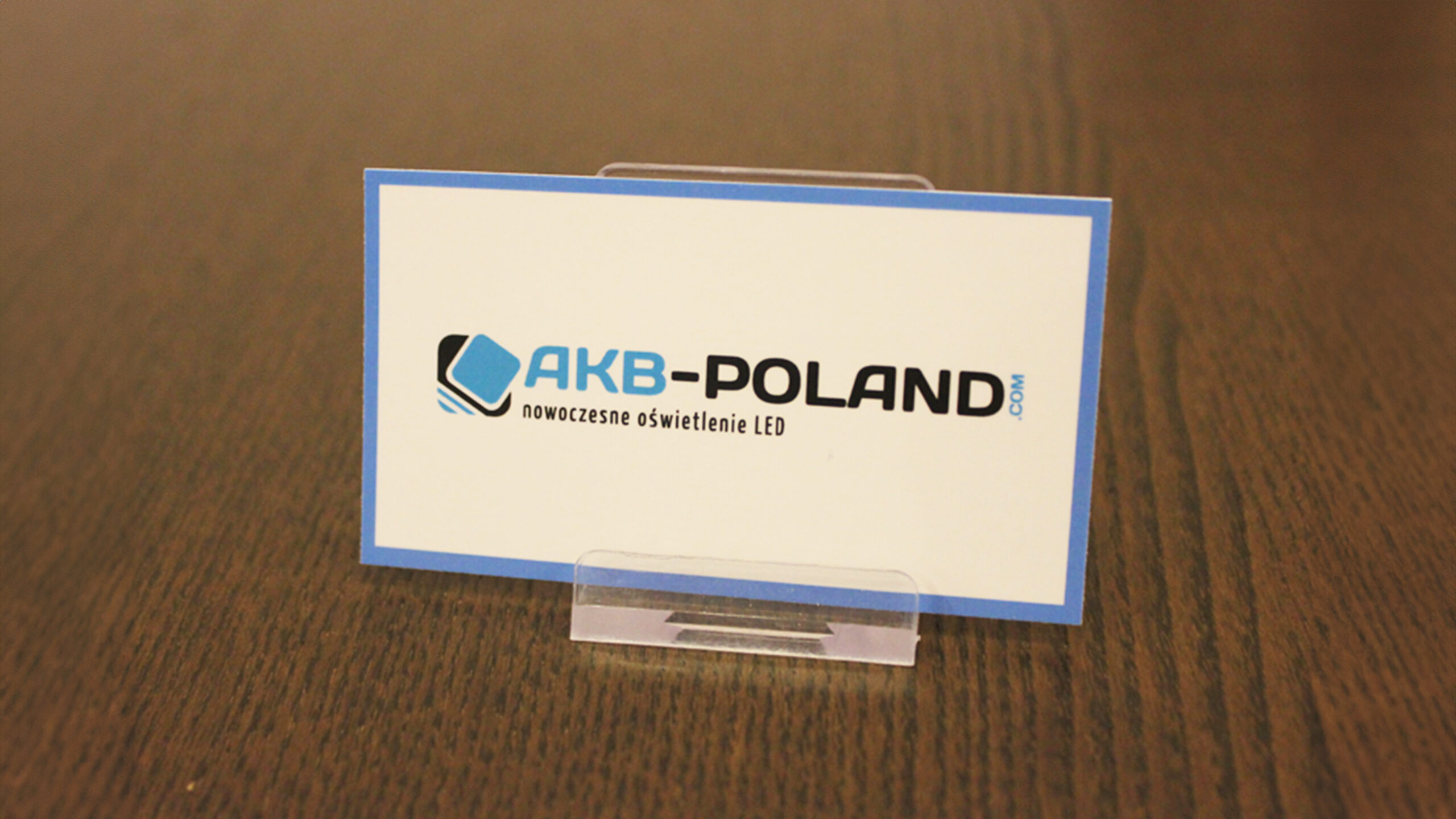
Folia Soft is a finish that combines elegance with delicacy. This type of foil gives prints a soft, silky look and delicate texture. Folia Soft is an excellent choice if you are looking for a balanced and luxurious effect that is not too intrusive. It is often used in projects related to fashion, luxury products and wherever subtlety and prestige are key.
The choice between these three types of foil depends on the specific aesthetic and purpose of your project. Each of them has its own unique features that can help you achieve the desired effect in your print.